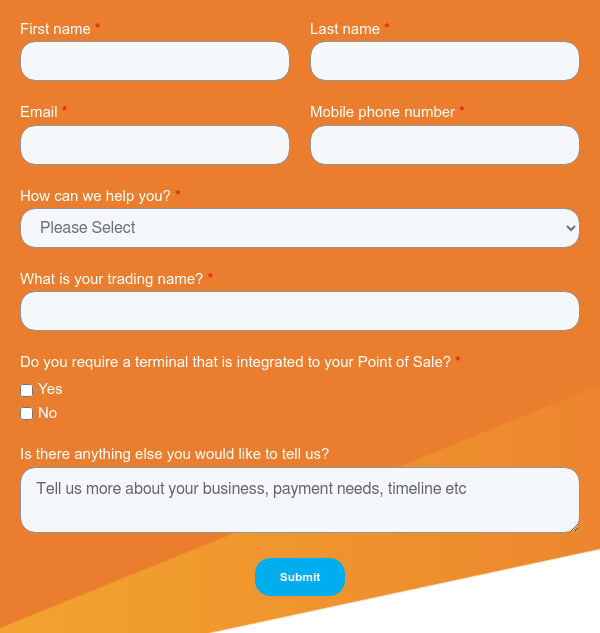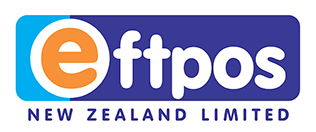
For any hospitality or retail business, selecting the right point-of-sale (POS) system is a crucial decision. It’s more than just a tool for processing payments—it helps manage inventory, track sales, store customer data, and should integrate seamlessly with your EFTPOS terminal.
One of the most common mistakes Kiwi business owners make is choosing the cheapest or most familiar option without considering long-term compatibility or hidden costs. So how do you find the best POS system for your needs? It’s all about understanding your options, weighing the pros and cons, and considering the long-term impact on your business. We’ve compiled our top tips to help you make an informed decision.
What Does a POS System Do?
A well-chosen POS system should:
-
Connect with your EFTPOS terminal for seamless transactions
-
Improve customer experience
-
Be tailored to your industry’s specific needs
-
Provide inventory management tools
-
Offer basic accounting functionalities
-
Sync sales and customer data for better decision-making
-
Include support and training solutions for your team
What to Consider Before Choosing a POS Solution
POS systems are not one-size-fits-all. Just because a neighbouring business uses a certain system doesn’t mean it’s the right fit for you. Here are key factors to consider:
1. The Size of Your Business
Your business’s current and future needs should guide your decision. Some POS systems support multi-location management and head-office reporting, while others are designed for small, single-location businesses. Choose a system that will scale with you over the next five years.
2. Your Industry
Different industries require different features:
-
Hospitality: System that allows staff to take orders via iPads or Android tablets at the customer’s table, improving efficiency and service.
-
Retail: Inventory management is crucial. Look for a system that allows real-time stock tracking, pricing updates, and automated reporting.
-
Beauty & Services: Solutions that offer appointment booking and online scheduling, streamlining business operations.
3. Your Counter Space & Aesthetics
Consider the physical constraints of your workspace. Do you prefer a streamlined, tablet-based setup, or are you comfortable with larger hardware?
Integrating Your POS System with Your EFTPOS Terminal
A POS system alone won’t process EFTPOS or credit card transactions—you’ll need an EFTPOS terminal. Ensure your POS system integrates seamlessly with your preferred EFTPOS provider.
What is EFTPOS Integration?
EFTPOS integration connects your POS and terminal so transactions can be initiated and completed without manual entry.
Why is Integration Important?
Seamless integration means:
-
Faster checkout experiences
-
Reduced risk of errors from manual data entry
-
Support for debit, credit, loyalty cards, refunds, and cash-outs
TIP: Ask your EFTPOS provider about integration options before committing to a POS system
Cloud-Based vs. On-Premise POS Systems
On-Premise |
Cloud-Based |
|
Store data on local servers |
Store data online, accessible from any device. |
|
May require software licenses |
Subscription model with tiered functionality |
|
Hardware usually provided with POS |
Provide your own hardware |
|
On-site support often included |
Often offer remote support |
|
Higher upfront cost but lower ongoing fees |
Lower upfront cost but potentially higher ongoing fees |
The Cost of a POS System in New Zealand
The cheapest option isn’t always the best. Consider the total cost, including:
-
Network and bank fees
-
POS software subscription
Avoid EFTPOS & POS Bundles
Bundled deals might seem cost-effective but can come with hidden fees or limitations. It’s crucial to compare options and understand what’s included in your subscription.
Key takeaway: Don’t just go for the cheapest system—look at the total cost of ownership.
Need Expert Advice?
Choosing a POS system is a big decision. Our EFTPOS experts are here to help—get in touch to find the best solution for your business.





Comments